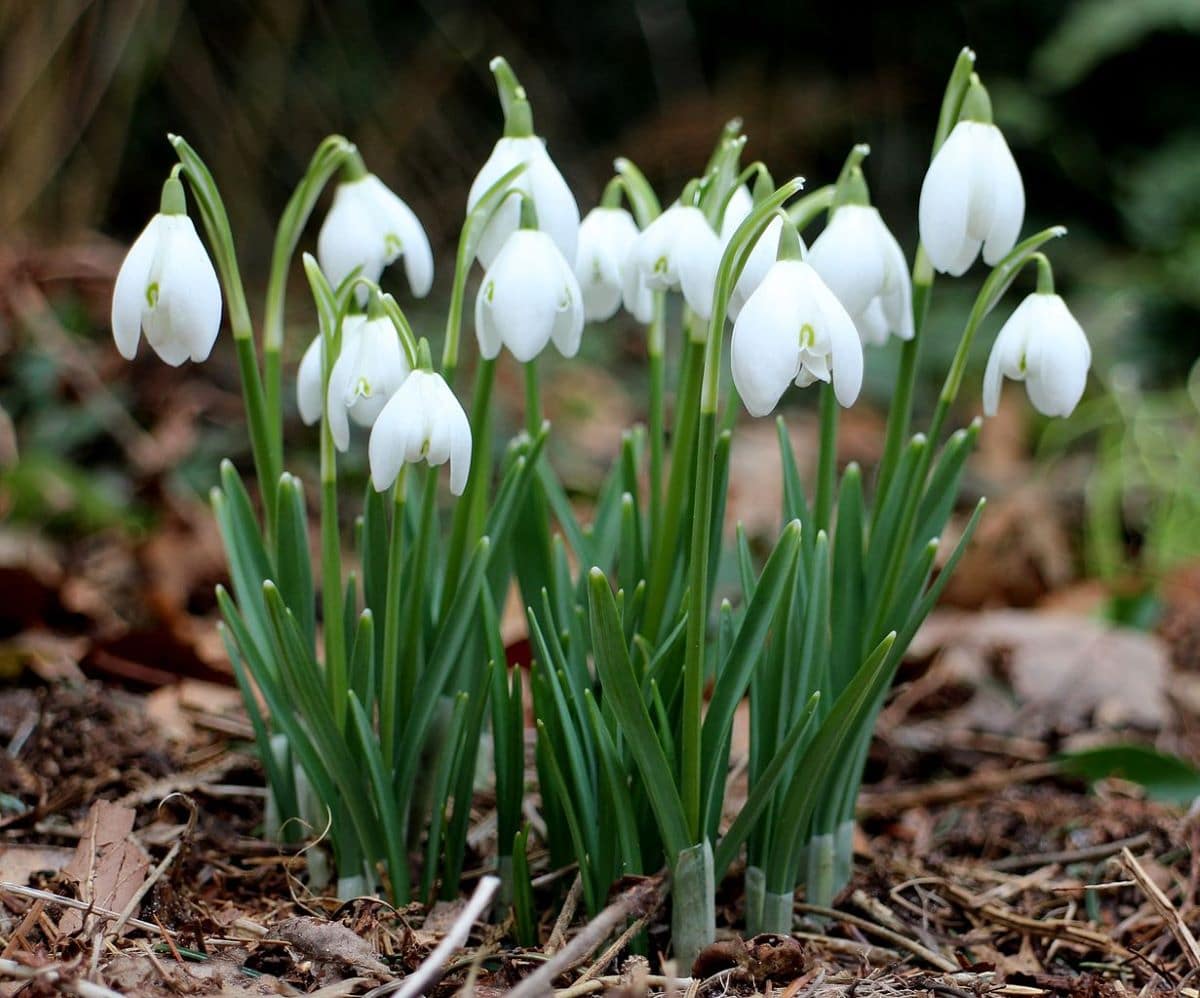
November is a month in which autumn is well advanced and we are on the threshold of winter. There are not many vegetables ready to plant this month, since the frosts of the coldest months of the year are coming. With the arrival of November, the cold begins to feel and the amount of vegetables capable of withstanding outdoors is reduced. To help us extend the season, we can rely on cold tunnels and greenhouses, but the vegetables to be transplanted must be resistant to cold.
This is considered a month that is often not very profitable in terms of cultivation. In fact, there are many seeds that must be planted during this time in order for them to perform at their best when ripe.
Vegetables and greens to plant in November
Vegetables and vegetables that can be planted in November are varied. Valerian, turnip, chicory, chicory, black cabbage, kale, onion, garlic, leek, spinach. Slightly less resistant are arugula, chard, parsley, radish, artichokes and broccoli. The latter are a bit more delicate, but with a little more care we can still transplant them during this month.
Some of the crops that can be planted in November during the cold are lettuce (like songino) or spinach, but it also depends on the climate of the area. Fava beans and peas can be safely planted for spring harvest.
Choose soft-seeded peas and late beans. If the cold is still not that bad, you can try planting turnips, lettuce, or spinach, taking care to protect them with a tarp overnight. In protected cultivation, carrots, radishes, and salads can be safely planted in November.
Flowers to sow in November
Here is a list of flowers that are easy to grow and typical for November. Plants also suitable for those who have no idea of gardening, who with little care enliven even the coldest months.
- Snowdrop: As their name suggests, they mark the end of winter and can withstand very low temperatures. They are splendid on their own, and even more beautiful in the company of other, possibly tall, flowers to emphasize their diversity. In order for them to grow as well as possible, the bulbs must be placed 5 cm deep and 5 cm apart.
- Tulips: colorful and festive, tulips they must be planted before the onset of intense cold, therefore, in the first days of November. The distance above the ground is essential to avoid overlapping, and can vary between 15 and 100 cm. The tip of the bulb should be facing upwards and at a depth of 5-10 cm.
- Hyacinths: they follow the same planting period as tulips and provide a very wide range of colors, ranging from blue, pink, orange, purple and more. They do not last long, but they have a very pleasant smell which makes up for their short life. A depth of 10 cm and a distance of 10-15 cm is recommended.
- Cyclamen: They are the classic flowers of this month, delicate autumnal flowers, suitable for coloring balconies even when the first cold arrives. But when the frosts begin. it is best to put them under cover and keep them indoors throughout the winter.
- brezo: Among the plants that persist even in the cold winter, Erica could not be absent with its characteristic panicle inflorescences of white, pink, yellow, red and purple that stand out among the green of the leaves. Heather is a typical fall plant that is easy to grow in pots and to create flower beds or as a border for dwarf conifers. As it is resistant to cold and does not fear or frost, it is also the ideal plant for gardens in mountain areas.
- Chrysanthemum: A plant of the Asteraceae family, like the daisy, which thanks to its beautiful brightly colored flowers makes November gardens less sad. It is a plant that blooms profusely in autumn, between the end of October and the beginning of November. It is a short-lived herbaceous that is satisfied with low light and rain, and very easy to grow in medium-sized pots. In addition, it can be had inside the house.
- Bromeliad: A highly decorative exotic plant with fleshy evergreen leaves and spectacular pointed flowers that are usually bright, yellow or red in color. Bromeliad is carefully treated because it is a very fragile plant that is sensitive to changes in temperature. It must be grown in a very deep pot, because it has very long roots, sometimes even twice the size of the plant. It must be transplanted frequently, at the beginning of each season, as soon as temperatures recover.

Image - Flickr / Dominicus Johannes Bergsma
Although as winter approaches, fewer species can be sown or planted, November is a month when a wide variety of flowers and plants can still be grown.
